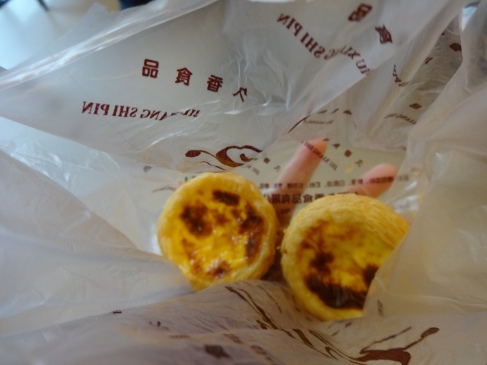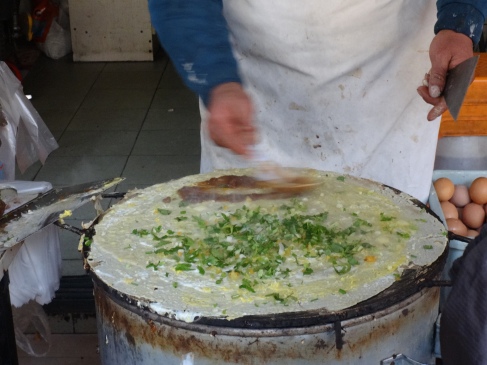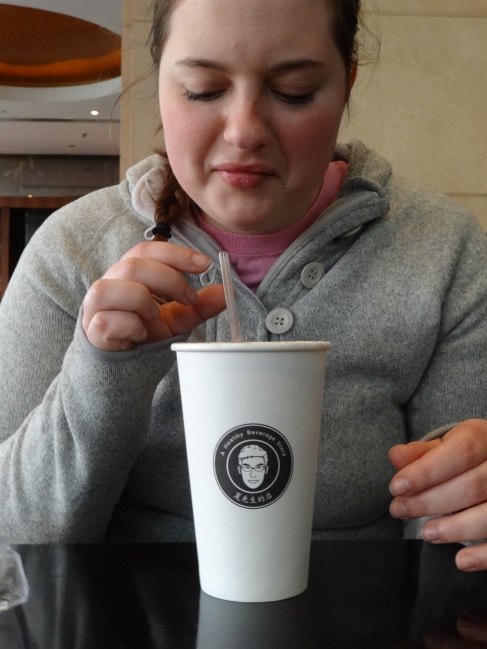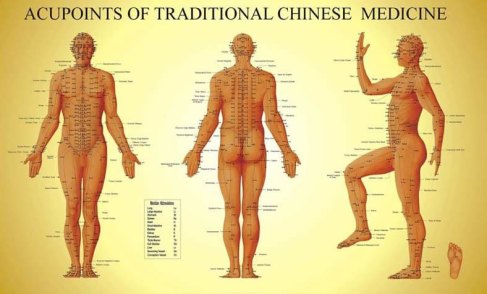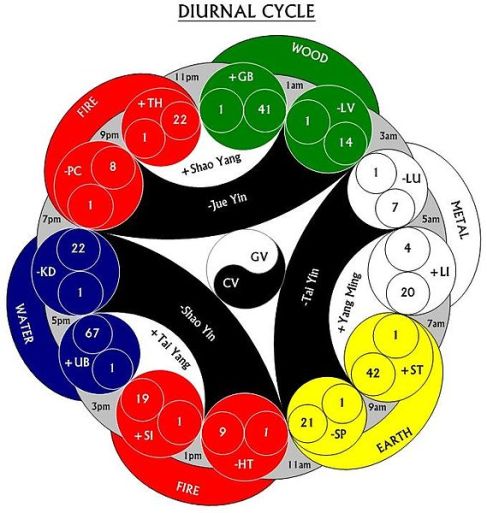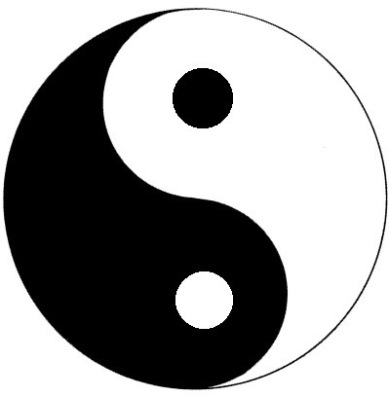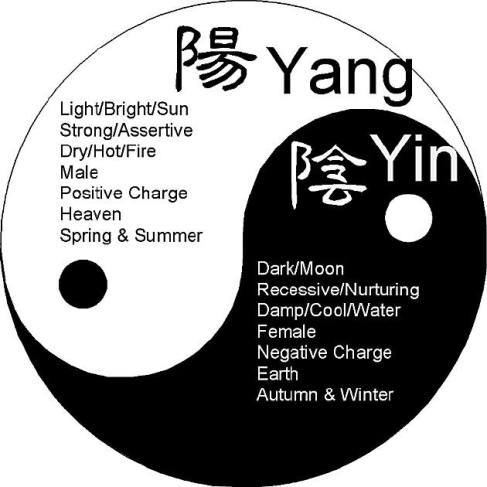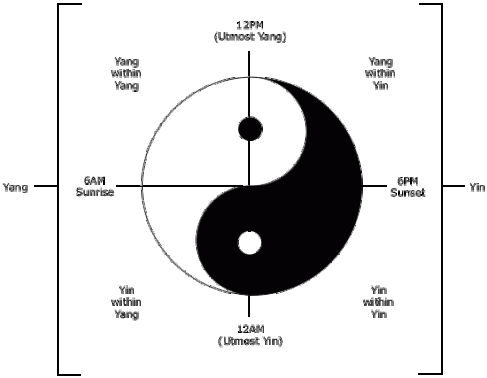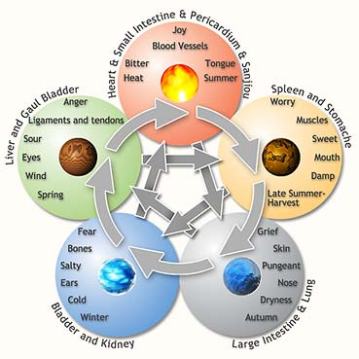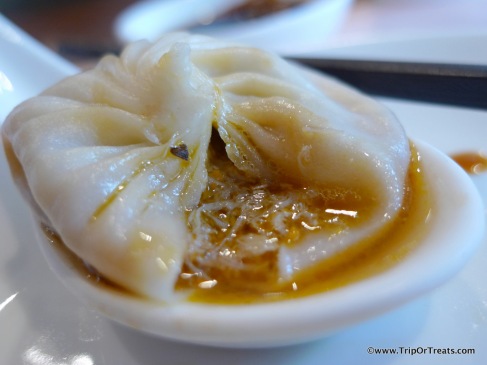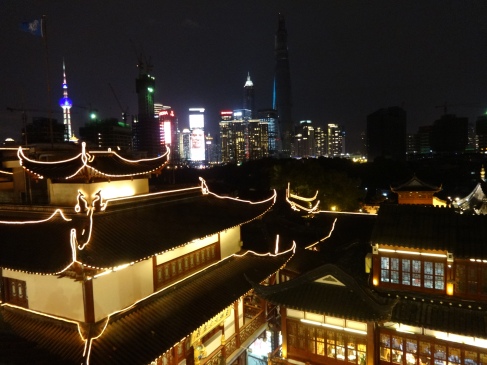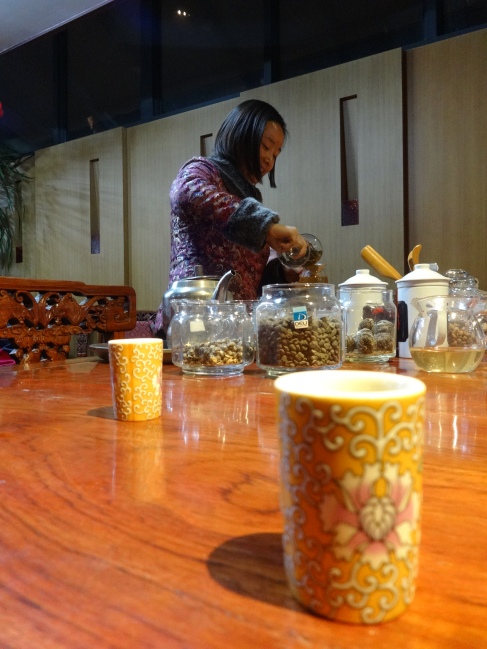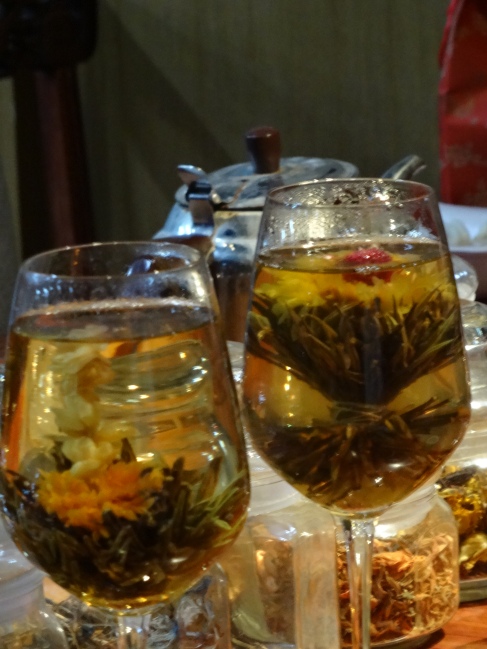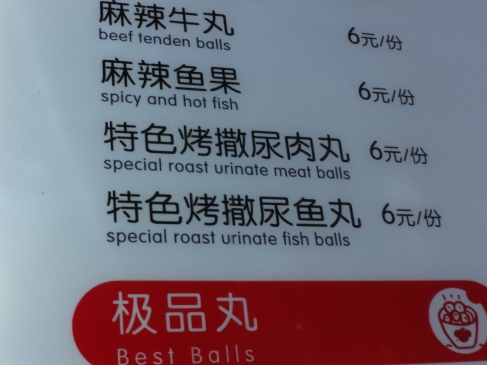Today was the initiation.
I headed out early in the morning with a group of friends to visit Gucci Bread (as usual), this time changing up my routine and nabbing two, err, egg thingies. I’m not sure what to call them, but I hear they’re sometimes referred to as “egg tarts,” so I’ll just stick with that.
Despite the fact that they look like a little scrambled egg cup, they’re actual sweet, and the lady behind the counter looked at me with a cocked eyebrow as I bought this apparently-dessert food for breakfast.
After that, I headed further down the street to explore some of the street vendors, passing by a “healthy homemade drinks” vendor whose face was painted on the cups he serves the drinks in. Charming. Might have to stop back by there someday. For now, though, I was on my way to a street vendor ahead who was doing some very impressive things with some eggs and a…cement scraper?
This concoction (whose name I do not know) seems to be a mix of eggs — which he spreads around the hotplate with his scraper — some onions and other veggies, some sort of crunchy (probably shrimp) chips, and some sauce of Asian descent.
Overall, that’s the way I like my foods — mysterious.
You should absolutely watch him whip one of these things out right here:
He’s a speed demon.
After that little show, I headed back in the direction I’d come from, dodging a few mopeds along the way. A few of my friends stopped by Mr. Healthy Milkshake’s place, if for nothing else than to buy a drink from the guy whose face was on the cup.
Once we got back to the lobby, we all sat down as one of the girls tried out the strangely odorless liquid. As she opened the lid, I think we all kind of scrunched up our eyebrows.
It was a vibrant color of purple. Not quite lavender, but the sort of purple that you’d associate with, say, purple-colored liquid laundry detergent. You know the milky hue I’m talking about.
But first impressions can be deceiving. Gather her courage about her, she took a sip, and I made sure to capture that crucial moment.
The remainder of that “health shake” in all of its kind-of-tastes-like-dried-grass goodness was pawned off on Professor Shen, who didn’t seem to notice that it was decidedly…bleh.
As we sat and tried to wash the memory of that flavor out of our minds, the rest of the group came down and we prepared to make the short skip across the sidewalk to the real reason we were staying in Shanghai — the Shanghai University of Traditional Chinese Medicine.
So it begins.
*****
Our first teacher’s name was Dr. Hen Li, a descendant of Emperor Li Shimin of the Tang Dynasty (618-907 AD). His uncle, in whose footsteps he followed, was the acupuncturist who created the diagram of acupoints later accepted by the World Health Organization in 1989.
In total, there are around 360 acupuncture points on the whole body, and they span everywhere from the top of your head to the corner of your thumbnail. We were told that we’d be learning a lot more about them (and how to puncture them) in the later course days; today was just a simple orientation into the way that the traditional Chinese medicine mentality works.
[Note: this blog will be written under the assumption that everything claimed about TCM is true. It does not factor in one’s personal philosophies, religious beliefs, or worldviews, which may not agree with everything taught in TCM. I make no claim that TCM is in perfect accordance with my own beliefs or that it should fit in with yours. Please shoot any questions, comments, rants, etc down to the comments — I’d love to read them!]
Traditional Chinese medicine is a holistic medical ideal, viewing the human body as a whole, not as a thing made up of all these parts. The body is also an organic whole with nature, so one’s environment could make one sick too. Both of these things mean that doctors will not rule out something as the cause of something else because “they couldn’t possibly be related.” Such a thing doesn’t exist in this medical sphere. The body is a whole.
Because each person has a unique body and a unique environment, traditional Chinese medicine is very individualized. The treatment for the same disease in two patients will be different for each patient.
The realm of traditional Chinese medicine (hereafter abbreviated TCM) involves not only acupuncture but a group of treatments often used in conjunction with each other. A combination of treatments offers the best chance of success. The primary TCM treatments include:
- Herbal medicine
- Tuina 推拿 (a type of manipulative massage)
- Diet therapy (in America, often called nutritional counselling)
- Health cultivation (a broad term for lifestyle planning to improve one’s health)
- Qigong 气功, literally translated as “life energy cultivation” (aligning breath, movement, and concentration in exercise; one can do static qigong or dynamic qigong as exercise)
- Tiaji (known in America as Tai Chi exercise)
- Acupuncture (and its related realms of acupressure, moxibustion, and cupping, to be discussed later)
Dr. Li paused, folded his hands in front of him, and said, “I am going to ask you a question. When you answer, be honest.” He then pointed to his PowerPoint. “Which of these is you?”
- I don’t think that traditional Chinese medicine works. If a patient is cured, it was an accident or placebo.
- I don’t know whether or not I believe in traditional Chinese medicine.
- I believe that traditional Chinese medicine works.
What would your answer be?
We all sat silently, obviously not wanting to hurt his feelings. I personally was leaning in the direction of #3 — I see no reason why people would continue to do it all around the world if it didn’t do something. Even if it is placebo, if placebo makes me feel better, I’m okay with that (for small issues, of course. Let’s not make me feel better about cancer without actually curing it).
However, every single person in the class agreed with #2 — unsure whether it works or not. Dr. Li said that that was what he expected, partially because he knew we didn’t want to hurt his feelings and partially because that’s the answer he usually gets.
He then brought up a new picture, which showed the theoretical framework of all of TCM. In other words, everything that plays into bodily health in the Chinese view can be summarized like this:
So…what the heck is that?
Thankfully, the remaining hours and hours of course time throughout the rest of the China trip unpacked that colorful mass of chaos into the actual components of Chinese medicine. It is through these components that I can diagnose you, based on:
- Yin and Yang
- The Five Elements
- Qi, Blood, and Body Fluid
- Zangxiang Organs
- Meridians
Still confused? If you’re not, you’re lying. Or you’re already a TCM doctor… 😉
Yin and Yang
We all recognize this, right?
But did you know that both yin (black) and yang (white) each have their own characteristics and attributes associated with them?
While in the west it is common to boil the Yin Yang symbol down to “good and evil,” there is much more that goes into the symbol and its meaning. Have you ever thought of looking at the Yin Yang symbol like a clock? That’s a very important feature of traditional Chinese medicine! Every day, the balance of Yin and yang in Your body rotates, and an imbalance within that can make you sick.
Yin and Yang are moving, active forces, and all they want is to be in perfect harmony with each other. I bet you could guess, then, that if they’re not in harmony, you could get sick!
There are a couple different categories of Yin Yang illness:
Opposition and Restriction. This is the primary ideal of Yin Yang — balance. The goal of your doctor is to bring your Yin and Yang into balance with each other. If you have too much Yang, you will be more likely to be hot all the time, get a fever when you are sick, or suffer from constipation or insomnia. This is sometimes called a yin weakness to a yang preponderance. Basically, your Yin is too weak to stand up to your Yang.
If that happens, a TCM practitioner might give you some cold-natured herbs to remove the excess fire and put your Yin and Yang back into happy balance. Yay!
The opposite could also be true — you could have a yang weakness to a yin preponderance. In which case, the opposite would happen. You’d get cold, and you’d need some warm-natured herbs. Acupuncture would also be good for this.
Make no mistake, though — Yin and Yang need each other! That’s why there’s a dot of each inside the other. So you can’t say that Yin is bad and Yang is good. This is called the interdependence of Yin and Yang.
There is also the process of quantitative change, more often called the Wax and Wane of Yin-Yang. Yang, associated with light, energy, and movement, grows and grows during the day, but then it wanes as night approaches. Yin, associated with darkness, rest, and inward energy, grows and grows as night comes but starts to diminish when the sun is ready to rise. So they wax and wane throughout the day, just like that clock up above.
However, there’s one really important thing to remember about Yin and Yang. You don’t have to be average — as long as they are balanced, having more or less Yin and Yang than average is fine. But one must always be cautious of the final movement of this energy, known as transformation. If you have too much of either Yin or Yang and it gets to an extreme, it will actually transform into the other! So if you have an extreme surplus of Yin, it will convert into Yang. That’s not good.
They’re supposed to be balanced, and you just sucked ALL of it up and turned into one thing. Uh oh.
Let’s think of an example of when that might actually happen. Yang is associated with heat, and Yin is associated with darkness, right? If you have too much Yang, you might get a fever. So let’s say you’re just chillin’ around, sweating through a fever, but you just can’t get it to break. You can’t bring your Yang under control, so the fever gets worse and worse and you’re in the hospital. When the Yang gets to the extreme, it will switch to Yin, and you may fall into a coma.
HowStuffWorks says that “a person can become comatose immediately or gradually. If an infection or other illness causes the coma, for example, the person might run a high fever…before falling into a coma. If the cause is a stroke or severe head trauma, they can become comatose almost immediately.”
Five Elements Theory
The only other thing I’ll mention today is a bit of the Five Elements. According to the Five Elements understanding of health, each of our internal organs can be given an element, and those elements are placed in causative relationship with each other. Confusing? Hang in there.
Take a look at the picture above. At the top we have fire, then clockwise the circle continues with earth, metal, water, and wood. Although wood is generally listed at the very top, the order is the same — you can’t change the order of these! These elements affect each other in clockwise order, and if they go in the opposite direction, you get sick. Around the outsides are organs associated with these elements. So, for example, your heart is a fire organ because it supplies your body with blood and keeps you alive (and warm).
The constant movement of energy between these elements has several relationships. I will list them all, then I’ll just talk about a few. They are:
- Interpromoting
- Interacting
- Overacting
- Counteracting
- Mother/Child
Let’s look at an example. Inside each of the elements are qualities associated with it; for example, wood is associated with anger and earth is appetite. Your liver is a wood organ, and your spleen is an earth organ. Anger arises in the liver (wood). The spleen is being brought under control by the liver (wood subjugates earth, as per the arrows in the center of the circle), so anger brings appetite (spleen) under control. Have you ever noticed that when you’re angry you don’t get hungry? You tend to sulk and lose your appetite, right? This is an overacting of the liver on the spleen.
But out of this relationship between the organs and their elements can come unbalanced interaction. So in the same scenario, a person who struggled with an anger disorder, especially people who get irritable when they are hungry, would immediately be treated for a counteracting relationship from the liver to the spleen. It is counteracting because the energy is flowing in the wrong direction (wood promotes earth, but if hunger is causing anger, the flow is going in the opposite direction from earth to wood).
Perhaps that makes a little more sense. Perhaps I’ve just confused you more. I’m thinking it’s the latter.
*****
Following our crash course in elementary medicine (aha, I’m hilarious…), we rested for a short while and let the mysteries of China seep into our brains. But it wasn’t long until the travel bug was upon me again, and I just had to get out and go back to the bazaar that I’d visited before. There was a whole bunch of stuff there that I still wanted, including some very popular Shanghai specialty food — xiaolongbao, also known as soup dumplings.
These delicious little buggers look like normal dumplings. But put them in your mouth, take a bite, and be ready for a surprise! It’s not meat that’s inside. As you may have guessed, it’s soup!
I made sure to snack on a few of those as I walked through the bazaar. Be careful if you eat them — they stay hot for a long time!
On my way toward a shop practically flashing with the reds and golds of typical tourist fare, an older Chinese lady approached me and said, “Where are you from?”
Instantly I recognized her as a volunteer tour guide, and my friends and I stopped to talk to her for a little bit. We walked slowly and chit chatted, and upon a friend’s mention of tea, she perked up. “You like tea? Oh! Oh! You must see!” She pointed to one of the tallest buildings in the bazaar.
Then, she waggled her hand in the air, beckoning us. “Quickly, quickly! Too late! Is late!”
She was kind enough to lead us to the building that she’d been pointing to, explaining that there was a teahouse in the top. We thanked her, and after an almost excessive amount of ‘thank yous’ and ‘have funs’ and ‘nice meeting yous,’ we decided that we’d take her up on her recommendation and go explore the teahouse.
As I emerged onto the top floor of the Asian-style building, a gust of wind blew my hair out of my face and revealed a stunning nighttime view of the juncture between old China and new.
What a place for a teahouse.
Inside the teahouse, a kind server offered to, of course, serve us some tea. In the process, she allowed us to sample a great deal, showing off everything from fruit tea to flower tea that blossoms in hot water.
It was a lovely experience, and the variety and quality of the teas was impressive. We bid a smiling farewell to the kindly hostess and took our leave, after which they closed up shop and went home — they’d stayed open late just for us. After that, it was a bit more aimless wandering, soaking in the shouts and rich red colors and meaty, savory smells before we made our way home for the night. Though on the way, we did pass one sort of savory meat I think I never want to try:
Typo? I hope so.
*****
Let me take the last small bit of this post to offer a word of caution. The teahouse that we went to was fun. But it was also honest. One of the largest scams for tourists in China is a tea ceremony that ends up costing the unfortunate victim hundreds of yuan. We were not charged to taste the tea, nor were we forced to buy any afterward. You can read more about it HERE and learn how to spot a fake. That way you can be sure you’re enjoying the right kind of experience.

